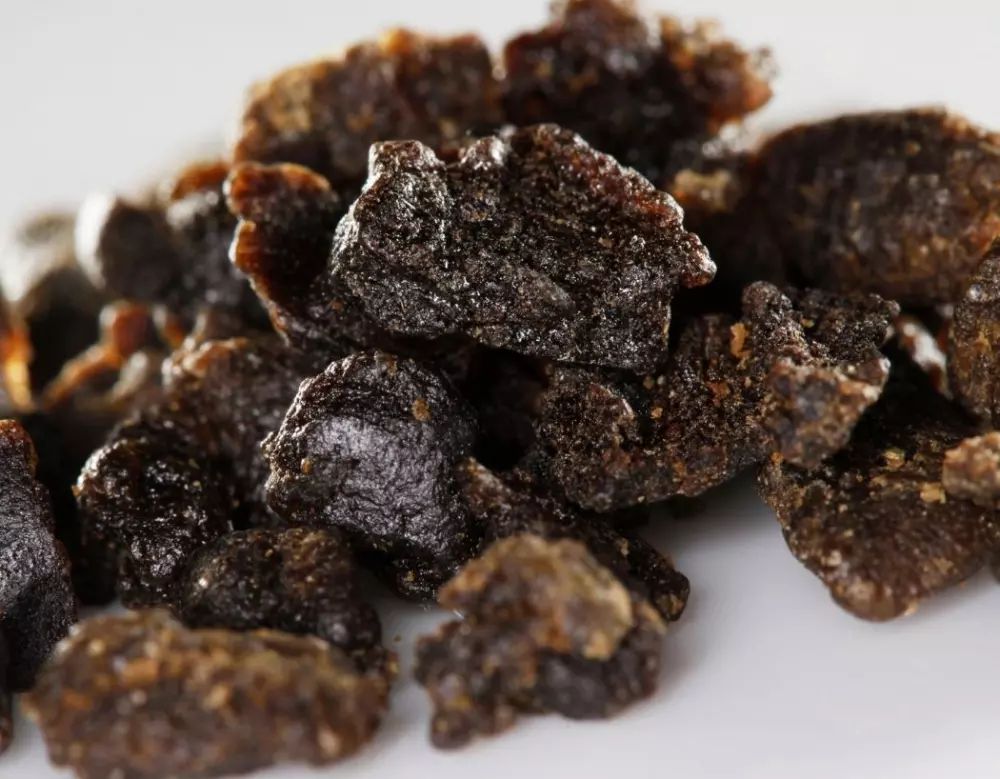Twenty years ago, cannabis culture was very different in Spain. The country's proximity to the world’s leading hash producer, Morocco, meant that if you wanted to get high in Spain, ninety-nine percent of the time the only thing available to smoke was hashish. Marrón, kif, choco, chocolate, costo, polen, placa, bellota, apaleao, grifa, hardala, ketama and jacho were common nomenclature used for forms of the OG cannabis concentrate. The different types of hash were as varied as the strains of weed I was accustomed to smoking in the U.S. years ago, before I moved to Spain.
Apaleao (ah-pah-leh-ah-oh) is a black, dry hash that's impossible to manage without using heat. It's the lowest form of hash, comparable to low-grade brick weed. You have to burn it to get it to have any kind of give — I still have a callus on my thumb from rolling up with apaleao way back in the day.
Polen, hardala and ketama were the AAA boutique hashes of the day. If you could get your hands on any of them, you were smoking good-good. Much softer than apaleao, these top-shelf hashes come in several forms, from sticky black cream hash, all the way up to the light yellow, untreated pressed pollens.
And then there's the famed bellota (bay-o-tah). The Italians call it uovo, the French oeuf, both of which translate to egg — but in Spain, we call it "acorns" because of the shape. Bellotas are famous because of how they are transported into the country, via the human stomach. On average, they're about 10 grams. Mules swallow them, and... I think you know the rest.
Don’t get me wrong, nowadays Spanish weed rules too. We've got abundant flower — all of the flavors, colors and grades of weed you can imagine. But we've still got a deep fondness for our Moroccan blacks and blondes. Once a hash lover, always a hash lover.
Features // October 22, 2020
// Sergio
Hash Is King in Spain

Welcome to Urban Aroma
Confirm your location and age to continue.
By accessing this site you accept the
Terms of Use and
Privacy Policy